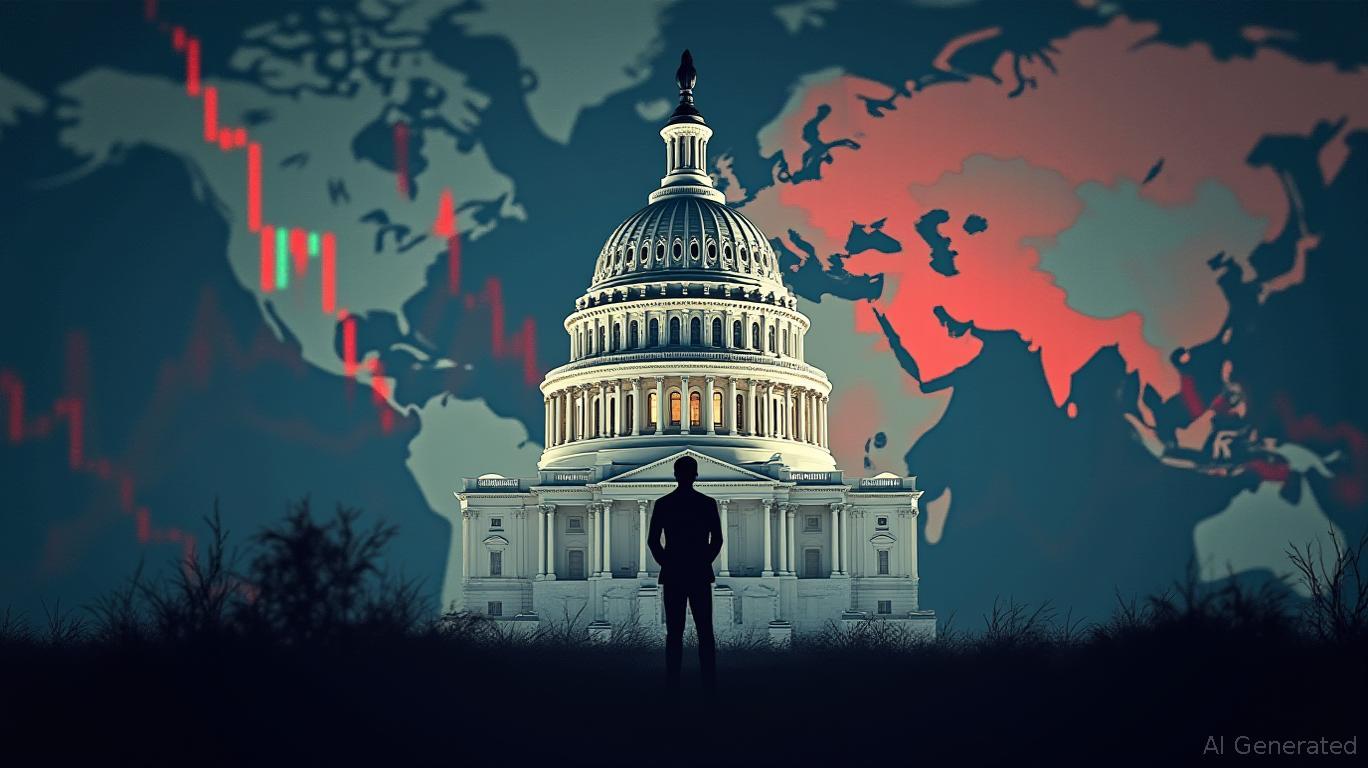Soybeans Surge Ahead: Why Prices Are Climbing in 2025 Amid Global Tensions and Weather Risks
The soybean market is on the move, with prices edging higher in early 2025 amid a perfect storm of geopolitical shifts, weather risks, and supply-demand dynamics. While global inventories hit record highs, traders are pricing in volatility fueled by uncertainty—from U.S.-EU trade tensions to South American weather patterns. Here’s why soybeans could see sustained gains, and why investors should pay close attention.
The Supply-Side Tightrope
The International Grains Council forecasts global soybean production to reach 421 million tons in 2024/25, up 6% from last year, driven by Brazil’s record output of 164 million tons and a rebound in Argentina to 51.5 million tons. Yet, this abundance is overshadowed by two critical risks:
Geopolitical Trade Wars: The EU’s proposed ban on U.S. soybeans treated with banned pesticides threatens to disrupt supply chains. If enacted, buyers would scramble for compliant South American beans, creating a premium of $0.50–$1.00 per bushel for Brazilian and Argentine suppliers.
Weather Whiplash: Argentina’s soy belt faces severe drought risks, while Brazil’s bumper crop relies on ideal rainfall. A delayed monsoon or prolonged dry spell could slash yields, tightening global supplies.
Demand Drivers: China’s Appetite and Biofuel Boom
China, the world’s largest importer, is projected to buy 108 million tons in 2024/25—70% of Brazil’s exports. However, its slowing economy and shrinking pig herd (down 3% in domestic production) cast a shadow over demand. Meanwhile, the EU’s 32 million-ton consumption hinges on U.S. soybeans’ compliance with pesticide rules. If restricted, buyers would pivot to pricier South American alternatives, boosting global prices.
Beyond traditional demand, the biofuel sector is a wildcard. U.S. soybean oil exports surged to 945,000 tons by April 2025—a 976% jump from 2023—as palm oil shortages (due to Indonesia’s 10% export levy) and Brazil’s biodiesel mandates created gaps in global supplies. The proposed EPA mandate to raise U.S. biofuel blending requirements to 5.25 billion gallons by 2026 could further amplify demand, pushing prices toward 2022’s $0.70–$0.90/lb range.
The Dollar’s Role: A Double-Edged Sword
A weaker U.S. dollar has made American soybeans cheaper globally, aiding export competitiveness. But this advantage is fragile: if the dollar strengthens again, U.S. exporters could lose ground to South American rivals.
Why Traders Are Bullish (Despite Oversupply)
While record supplies have kept prices near $12.50/bushel—well below 2022’s highs—three factors justify optimism:
1. EU Policy Uncertainty: Traders are hedging against a U.S. soybean ban, creating a “wait-and-see” premium.
2. Argentina’s Drought Risks: Even a 5% yield drop in Argentina’s crop could erase 2.5 million tons of supply.
3. China’s Import Volatility: Beijing’s sporadic purchases (e.g., 50–60 Brazilian cargoes in March) signal inconsistent demand, keeping prices fluid.
The Risks: Oversupply and Macro Headwinds
Bearish pressures loom:
- Global Stocks: Ending stocks are projected at 375 million bushels, the highest in five years.
- Interest Rates: Higher borrowing costs could slow global investment in agriculture, disrupting supply chains.
- Palm Oil Rally: If palm oil’s $160/ton premium shrinks, buyers might pivot back to cheaper alternatives, denting soybean demand.
Where to Invest Now
- Producers: Forward-contract at current prices to lock in profits amid volatility.
- Traders: Monitor EU policy votes and Argentina’s rainfall forecasts—both could trigger 10–15% price swings.
- Buyers: Diversify suppliers; secure long-term contracts with Brazilian exporters if EU restrictions materialize.
Conclusion: Soybeans Are a Volatile Opportunity
Soybean prices are caught between a record supply overhang and a cocktail of geopolitical, weather, and policy risks. While short-term pressures from China’s slowdown and abundant inventories may keep prices capped near $12–$13/bushel, the potential for upside—driven by EU trade bans, Argentina droughts, and biofuel mandates—could push prices to $15/bushel or higher by year-end.
Investors should treat soybeans as a high-risk, high-reward play. Monitor Brazil’s rainfall data, U.S.-EU trade negotiations, and China’s import trends closely. In a world of scarce commodities and shifting supply chains, soybeans remain a critical bet for 2025.









